DIR provides fundamental knowledge about the nature and behavior of living systems through basic, clinical, and population-based research. Scroll through the following slideshow to learn about select scientific advances from each affinity group.

Elucidating Factors that Influence Weight and Fat Mass Gain
Studies have separately linked a high willingness to work for an energy-dense food reward and a low ability to withhold a response to food-related stimuli to excess weight and fat mass gain.

Delving into Early-Life Influences on Child Eating Behaviors
Relatively little is known about early-life influences on children’s appetitive traits—eating styles that reflect their responses to external influences and internal hunger and satiety signals.
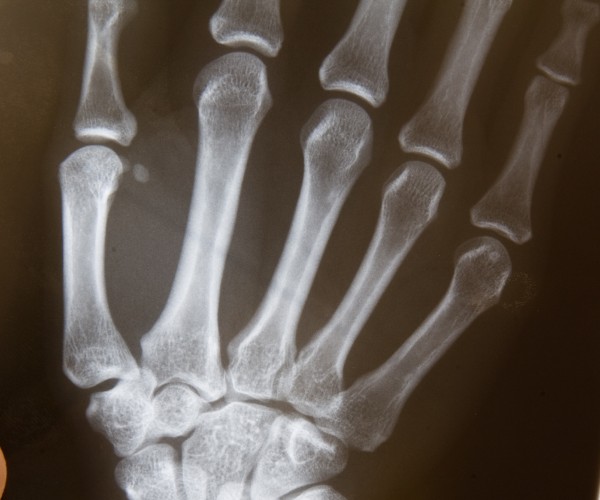
Identifying Genetic Causes of Growth Disorders
Genetic abnormalities can impair childhood growth or, less commonly, can cause overgrowth, a condition in which the child is extremely tall and often has other medical problems.
Read about work from the Baron Lab on the role of the gene SPIN4 in a rare overgrowth disorder.
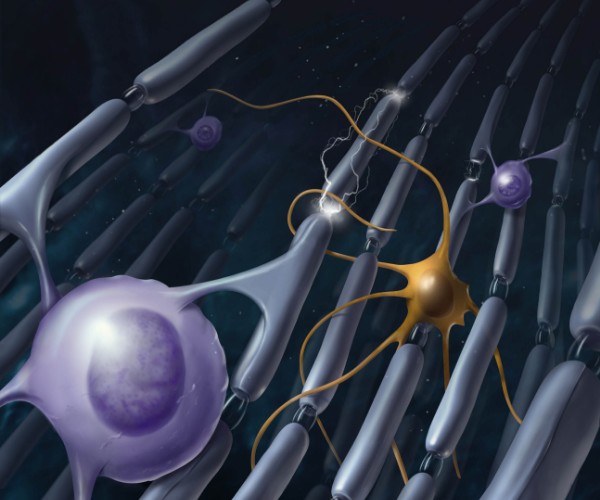
Proposing Models for Neural Synchronization
The brain must synchronize signals that can come from multiple areas in order to function properly, similar to how stoplights coordinate traffic flow on congested city streets. Scientists have proposed various models for how this is achieved.
Read about work from the Fields Lab on an oligodendrocyte-mediated model.
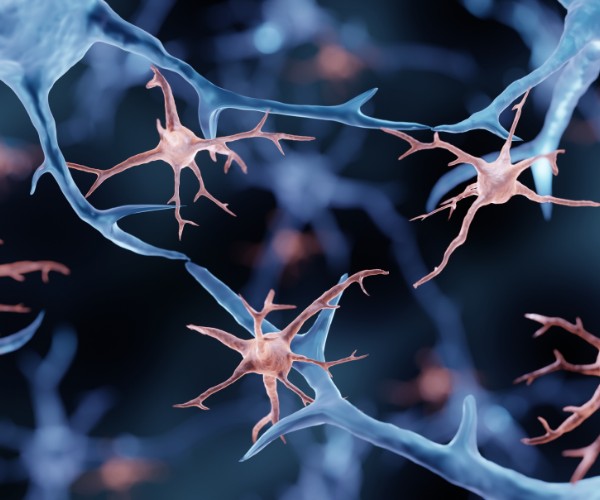
Noninvasively Measuring Brain Metabolic Activity
Water molecules are incessantly exchanging between the inside and outside of cells, both actively and passively. This water exchange can indicate cell activity, but it occurs too rapidly to be observed by current techniques.
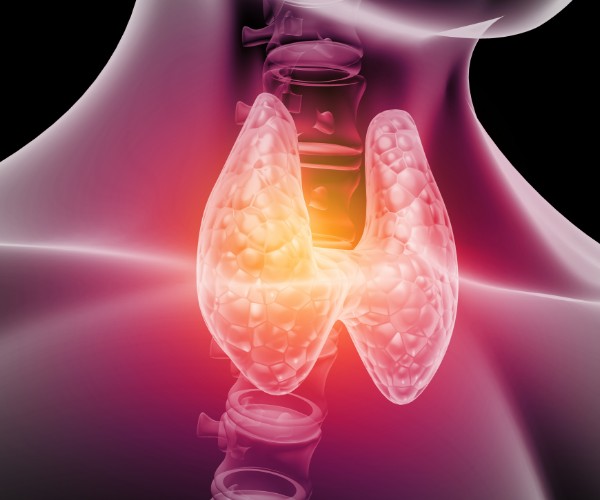
Understanding the Role of Thyroid Hormone During Development
Thyroid hormone, which is important for healthy organ function, also is required during embryonic development.
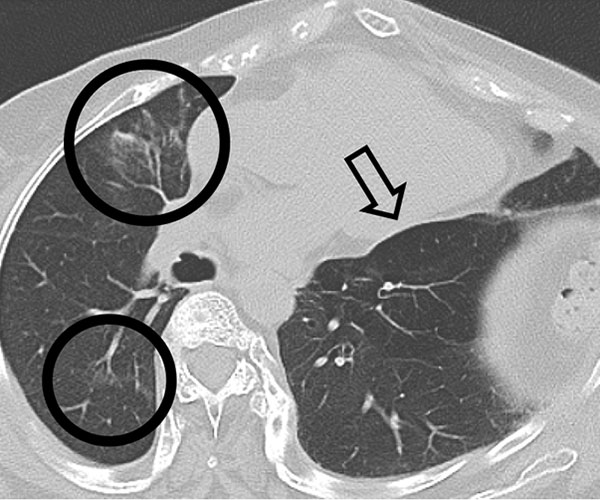
Understanding Lung Disease in People with Osteogenesis Imperfecta
Lung disease is the leading cause of illness and death for people with osteogenesis imperfecta, a group of rare genetic bone fragility disorders that affect the protein collagen.
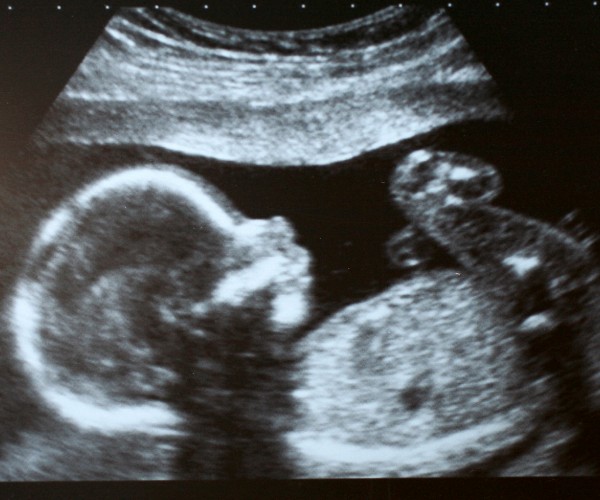
Using Epigenetic Clocks to Measure Risk for Developmental Delays
Children who are born preterm, before 37 weeks of pregnancy, have a higher risk for developmental delays.
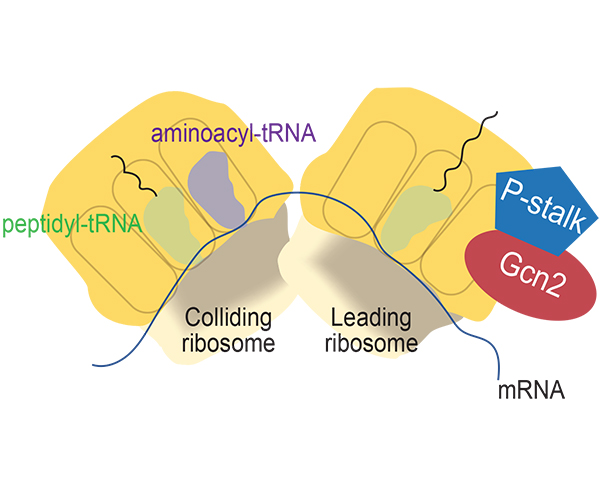
Unraveling a Cellular Stress Response
Cells respond to stressors in various ways. A stress response involving the enzyme Gcn2 reduces overall protein synthesis in the cell but stimulates production of an activator that reprograms gene expression—the degree to which certain genes are turned on or off.
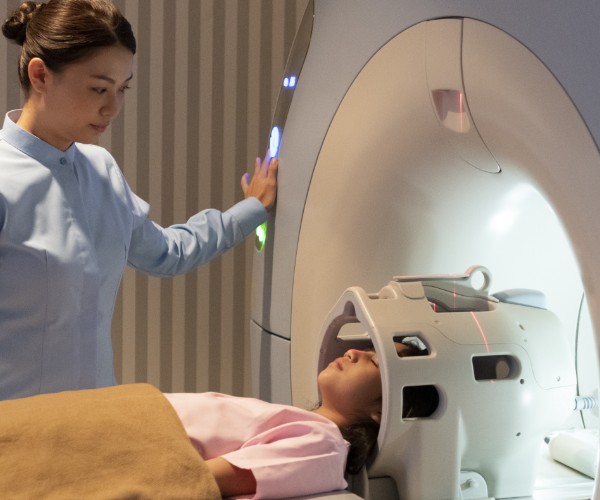
Improving Clinical Studies on Rare Pediatric Diseases
CLN3 is a rare disease that usually begins with vision loss around four to six years of age, followed by developmental regression and seizures.
Read about work from the Dang Do Lab on new ways to measure CLN3 progression.
 BACK TO TOP
BACK TO TOP